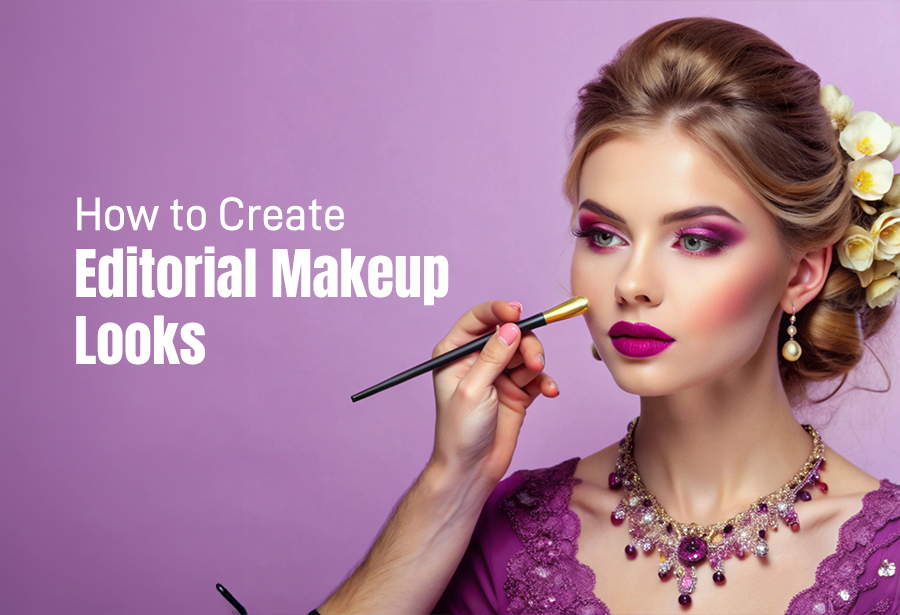
27 Sep How to Create Editorial Makeup Looks
Editorial makeup is where artistry meets fashion, allowing makeup artists to explore their creativity and push the boundaries of conventional beauty. Whether it’s for a high-fashion photoshoot, a magazine cover, or a runway show, editorial makeup looks are designed to make a statement. Unlike everyday makeup, these looks are bold, conceptual, and often avant-garde, showcasing the artist’s unique vision. Here’s a guide to help you master the art of creating stunning editorial makeup looks.
-
Understanding the Concept
The foundation of any great editorial makeup look is a strong concept. Editorial makeup is about telling a story or conveying a mood through makeup. Before you begin, it’s important to understand the theme or inspiration behind the look. This could be driven by the fashion collection, the setting of the photoshoot, or even a specific emotion or cultural reference.
– Collaborate with the Creative Team: Work closely with photographers, stylists, and designers to understand the overall vision. This collaboration ensures that the makeup complements the wardrobe, lighting, and mood of the shoot.
– Research and Mood Boards: Create a mood board with references that align with the concept. This could include images from fashion editorials, paintings, or even nature. Use this as a visual guide to help develop your makeup design.
-
Playing with Color and Texture
One of the hallmarks of editorial makeup is the bold use of color and texture. Don’t be afraid to experiment with vibrant hues, unconventional color combinations, and varied textures.
– Bold Colors: Choose colors that stand out, whether it’s a bright neon eyeshadow, a deep metallic lip, or a vivid blush. The key is to balance these bold choices so that they don’t overwhelm the entire look.
– Textural Play: Incorporate different textures, such as glossy lips, matte skin, or glittery eyelids, to add depth and interest. Texture can be a powerful tool to highlight certain features or create a focal point in the makeup.
– Layering Techniques: Layering different products, such as combining a powder eyeshadow with a cream or using a sheer gloss over a matte lipstick, can create unique effects that stand out in photographs.
-
Precision and Detail
Editorial makeup requires precision and attention to detail, as the camera captures everything. Even the smallest imperfections can be magnified in close-up shots.
– Flawless Base: Start with a flawless base. Use a high-coverage foundation and concealer to create a perfect canvas. Pay close attention to skin preparation, ensuring it’s well-hydrated and primed for makeup application.
– Detailed Work: Whether it’s a sharp eyeliner wing, perfectly defined brows, or intricate face art, take your time with the details. Use fine brushes and tools to achieve precision.
– Perfecting Symmetry: Editorial looks often involve bold shapes and lines, so symmetry is crucial. Use makeup stencils or guides if necessary to ensure that both sides of the face are perfectly balanced.
-
Experimenting with Shapes and Lines
Editorial makeup allows you to break the rules and experiment with shapes, lines, and proportions that wouldn’t be appropriate for everyday wear.
– Graphic Elements: Incorporate graphic elements such as geometric eyeliner, exaggerated cat eyes, or bold lip shapes. These elements add a high-fashion, editorial edge to the makeup.
– Asymmetry: Don’t be afraid to play with asymmetry, such as applying a bold color on one eye and keeping the other bare, or using different colors on each side of the face. Asymmetry can create a striking, modern look.
– Unconventional Placement: Try placing makeup in unexpected areas, such as using blush on the temples, applying eyeshadow on the lower lash line only, or creating a gradient lip that fades into the skin.
-
Incorporating Artistic Elements
Editorial makeup is often about making an artistic statement. This could involve using non-traditional materials or techniques to create a look that’s more like a piece of art than just makeup.
– Face Art: Use face paint or makeup to create designs directly on the skin, such as floral patterns, abstract shapes, or even full-face illustrations. This approach blurs the line between makeup and art.
– Mixed Media: Experiment with adding non-makeup elements like rhinestones, feathers, or metallic foil to the look. These elements can add dimension and a unique touch that elevates the makeup to an editorial level.
– Inspirational Themes: Draw inspiration from art, nature, or culture. For example, a look inspired by a famous painting could involve recreating the colors and brushstrokes on the face. Alternatively, a nature-inspired look could incorporate earthy tones and organic shapes.
-
Adapting for Photography
Editorial makeup needs to be camera-ready. What looks good in person may not always translate well on camera, so it’s essential to adapt your techniques accordingly.
– Lighting Considerations: Understand the lighting setup for the shoot. Harsh lighting may require stronger contouring and more defined lines, while soft lighting might allow for more subtle blending.
– Photogenic Products: Choose products that photograph well. Avoid products with too much shimmer or flashback, as they can create unflattering effects under camera flash. Matte and satin finishes often work best for editorial looks.
– Test Shots: Always take test shots to see how the makeup looks on camera. This allows you to make adjustments before the actual shoot and ensures that the makeup looks as good in photos as it does in person.
-
Practice and Experimentation
Creating editorial makeup looks requires practice and a willingness to experiment. Don’t be afraid to step out of your comfort zone and try new things.
– Practice on Models: Work with models to practice your editorial makeup skills. This will help you understand how different faces and features react to bold makeup techniques.
– Portfolio Building: Build a portfolio of your editorial work by collaborating with photographers and stylists. Having a strong editorial portfolio will showcase your skills and attract clients in the fashion and beauty industries.
– Stay Inspired: Keep up with current fashion trends, art, and culture to stay inspired. The more you expose yourself to new ideas and visuals, the more creative you’ll become in your makeup designs.
Creating editorial makeup looks is an exciting way to express your creativity and make a bold statement in the world of fashion and beauty. By mastering the techniques of color and texture play, precision, artistic elements, and adapting for photography, you can create stunning editorial looks that stand out. At Makeup Studio Training Centre, we offer specialized courses to help you develop these skills and take your makeup artistry to the next level. Whether you’re preparing for a high-fashion photoshoot or building your portfolio, editorial makeup is where you can truly let your creativity shine.
If you are looking for a professional makeup course in Delhi, Makeup Studio Training Centre is the best academy to learn makeup. Reach out to us today and kickstart your career in make up artistry!



Sorry, the comment form is closed at this time.